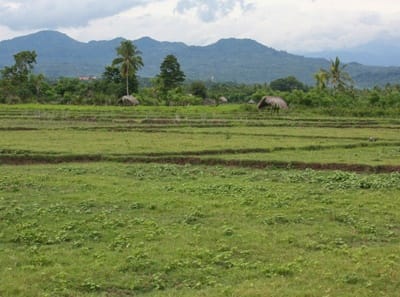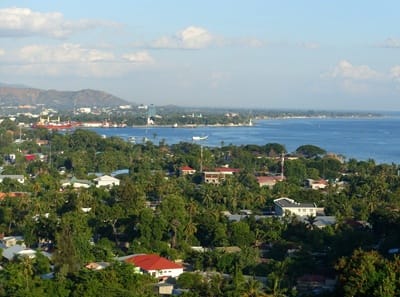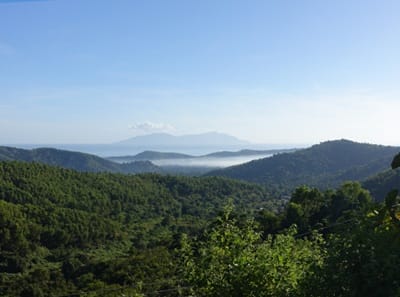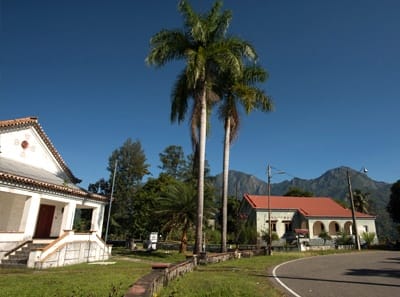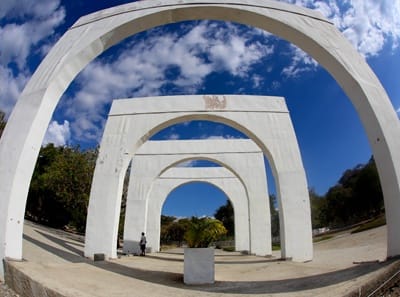Timor-Leste is a fascinating and extremely photogenic country to explore offering travelers a wide variety of experiences.
Timor-Leste has thirteen municipalities (administrative regions) each with different landscapes, history and cultural traditions. Bobonaro, Liquicia, Dili, Manatuto, Baucau and Lautem are located on the north coast. Dili municipality includes the nation’s capital city of Dili, approximately 240,000 people, and Atauro Island lying to the north across Wetar Strait. Over the mountain ranges from Dili on the south coast are found Cova-Lima, Ainaro, Manufahi and Viqueque municipalities. Aileu and Ermera both are landlocked and Oecusse-Ambeno is in the western part of Timor surrounded by Indonesian territory and the Savu Sea.
Understanding Timor-Leste’s Municipal Map
Timor-Leste comprises 13 municipalities: Aileu, Ainaro, Baucau, Bobonaro, Covalima, Dili, Ermera, Lautém, Liquiçá, Manatuto, Manufahi, Oecusse-Ambeno, and Viqueque. Atauro Island, while part of Dili Municipality, holds a distinct character as a marine and cultural sanctuary.
Following independence in 2002, these administrative divisions were formalized to reflect both historical boundaries and emerging governance structures. The result is a map of regions that each speak to Timor-Leste’s deep-rooted traditions, varied ecosystems, and community pride.
From coastal plains to cool mountain plateaus, the country’s terrain shifts quickly. Its cultural geography is equally dynamic, with a mosaic of languages, ceremonies, and crafts that differ markedly between municipalities, offering travelers a rich tapestry of experiences.
Spotlight on Key Municipalities for Cultural Travelers
Just outside Dili, Aileu offers peaceful rural life, traditional farming, and handicrafts—ideal for community-based tourism.
A region of sacred mountains and scenic trails, Ainaro is a spiritual destination known for Maubisse’s welcoming homestays.
A marine haven with a rich subsistence culture, Atauro features coral reefs, tais weaving, and ethical tourism experiences.
Home to Portuguese-era architecture and vibrant local festivals, Baucau blends city charm with cultural heritage.
Famous for hot springs and mountain views, Bobonaro is rich in oral traditions, rituals, and historical landmarks like Balibo Fort.
Centered around Suai, Covalima is a diverse region of sacred traditions, conservation efforts, and lush coastal landscapes.
The nation’s capital, Dili combines political history, bustling markets, and cultural sites like the Resistance Museum and Cristo Rei.
Cool-climate Ermera is known for its coffee plantations, forested hills, and ceremonial village life.
A cultural stronghold with sacred animist sites, Lautém is home to cave art, Jaco Island, and deep-rooted indigenous traditions.
Colonial ruins, coastal charm
Historical churches and beachside villages
Quiet destination for reflective travel
A linguistically rich region of sacred lakes and coastal drives, Manatuto is known for its legends, crafts, and fishing villages.
Nestled between mountains and sea, Manufahi preserves unique Tara Bandu rituals and WWII-era heritage.
An autonomous enclave with a distinct identity, Oecusse-Ambeno blends history, dialects, and spiritual festivals.
Resilient and culturally vibrant, Viqueque features unique tais weaving, historic resistance sites, and access to national parks.
How to Travel Between Municipalities
Getting around Timor-Leste requires a spirit of adventure—and a bit of planning. Shared minibuses known as microlets connect many towns and cities, though routes and schedules can vary. For more flexibility, private drivers or 4WD tours are recommended, especially in mountainous or remote areas. Motorbike rentals are available for experienced riders seeking independence. Drive cautiously, allow extra time for journeys, and travel during daylight hours when possible.
Travel Tips for Exploring Timor-Leste’s Regions
- Transportation: Inter-municipality travel is possible via microlets, private transfers, or guided tours. Road conditions vary—plan conservatively.
- Accommodations: Stay in family-run guesthouses, community homestays, or eco-lodges for a more immersive experience.
- Languages: Tetum is widely spoken, though many municipalities also have local dialects. Learning greetings like “Bondia” (Good morning) or “Obrigadu” (Thank you) goes a long way.
Cultural Etiquette: Dress modestly, ask before taking photos, and respect sacred sites. Showing appreciation for local customs is key to being a responsible guest.
Frequently Asked Questions (FAQs)
Timor-Leste has 13 municipalities and one special administrative region, Atauro Island.
Each municipality offers unique cultural experiences, but Lautém, Ermera, and Bobonaro are especially rich in tradition.
Yes, most are accessible by road, though travel times and road conditions vary.
Yes, many municipalities host local festivals that showcase music, dance, and traditional ceremonies.
Customs vary, but respect for elders, modest dress, and permission before photos are generally appreciated everywhere





